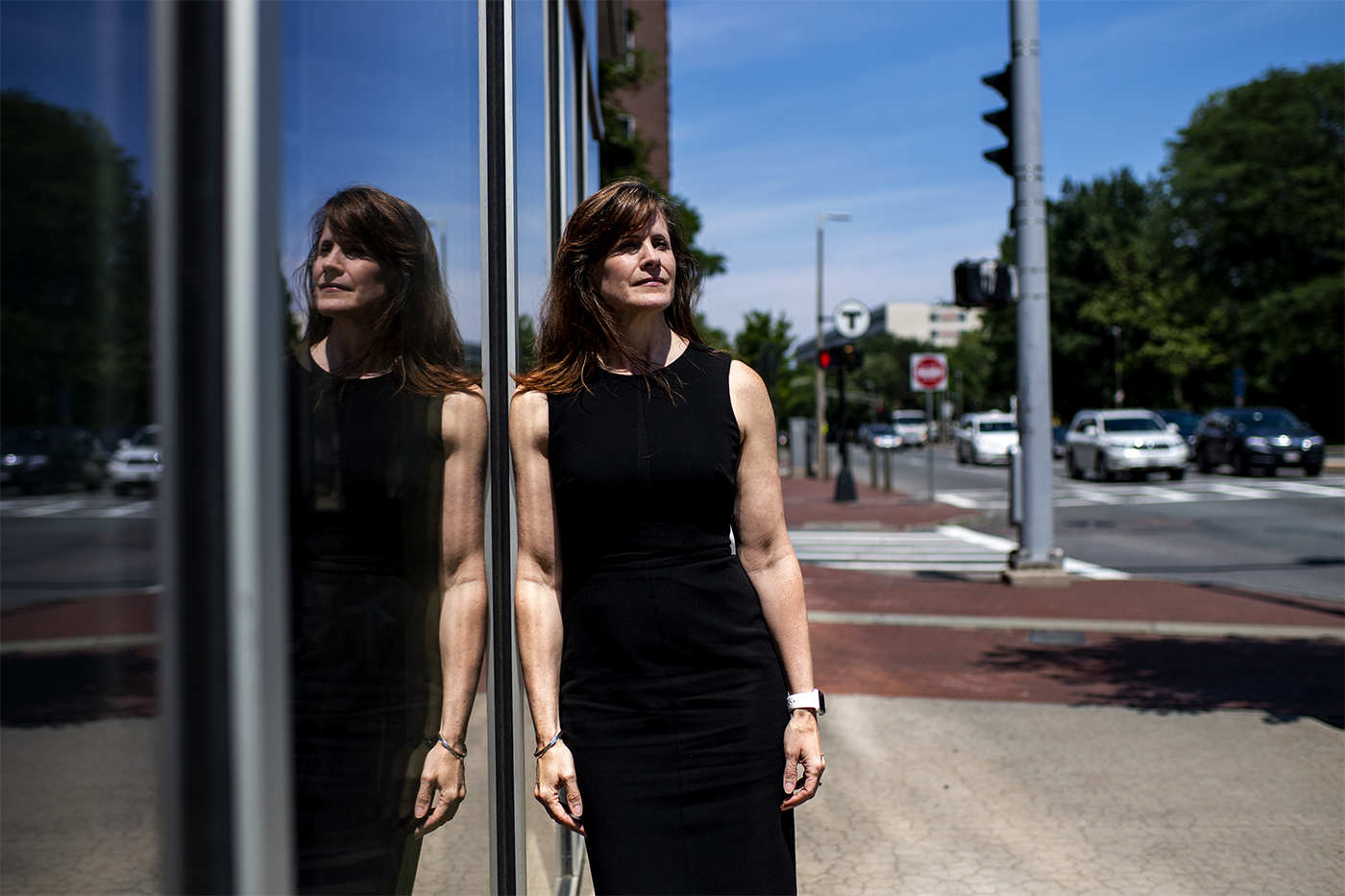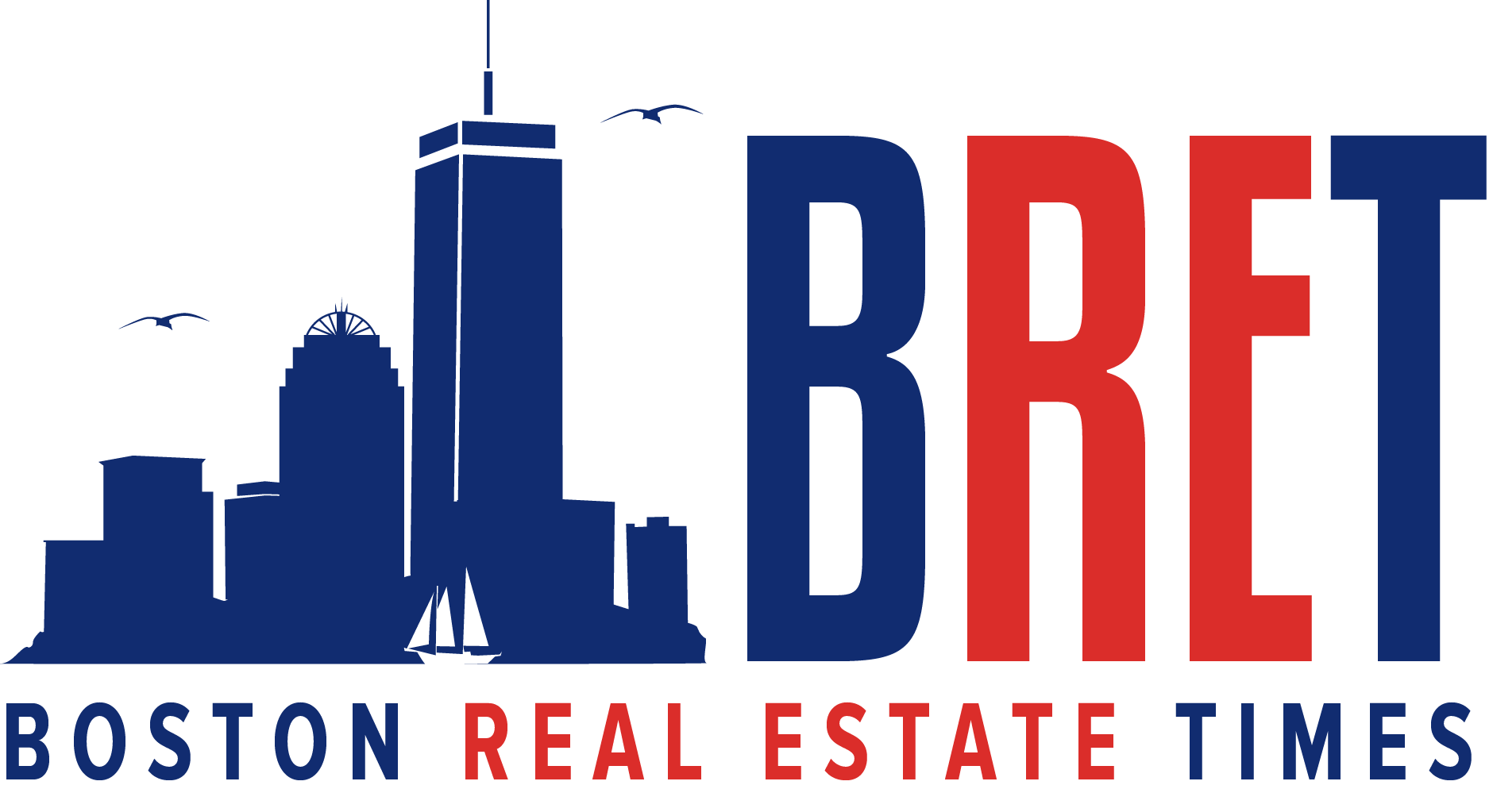
The country is facing a housing crisis: There’s a growing shortage of affordable units, and renters and homeowners in many places struggle to afford their monthly payments.
The Greater Boston area isn’t faring any better. There are not enough homes to go around for everyone; homelessness is on the rise; and modern zoning practices continue to perpetuate racial and economic segregation, according to a new study authored by Northeastern professor Alicia Sasser Modestino.
“We’ve had a lack of supply that’s been a chronic problem for decades, but when you combine that with a booming economy that’s drawing in more residents from other parts of the United States as well as abroad, then that just means that prices and rents skyrocket,” says Modestino, an associate professor of public policy and urban affairs and economics.

“We can all look and see where individual cities and towns are in terms of their production, their best practices, their degree of racial segregation, and we can make our own informed opinions about which cities and towns are producing their fair share and which ones are not,” says Alicia Sasser Modestino, an associate professor of public policy and urban affairs and economics at Northeastern. Photo by Ruby Wallau/Northeastern University
As a result, says Modestino, the area has become one of the costliest places to buy a home—ranking fifth most expensive in the country—in addition to boasting one of the priciest rental markets, with median rents higher than New York City, and only slightly below San Francisco and Los Angeles.
One consequence of all this, says Modestino, is that it has driven some people onto the streets while sending those with college degrees and financial means packing for less expensive pastures.
“With each successive cycle of housing boom and bust, we have been pricing out a greater share of our population,” she says. “It’s not just the very low-income or even the working class now; it’s the middle class that’s being affected by how expensive it is to live here.”
Homelessness is on the rise, too, says Modestino. While the city of Boston has taken measures to reduce its homeless population, the suburbs around Boston are where homelessness has been more rampant, especially in areas that have experienced high rates of foreclosures and evictions, such as Lowell and Lawrence, she says.
The findings are outlined in an annual study that Modestino conducted in partnership with The Boston Foundation. Published in June, the report examines the affordability and accessibility of housing in Greater Boston and offers recommendations for increasing housing production.
“Now there’s an accountability structure,” Modestino says. “We can all look and see where individual cities and towns are in terms of their production, their best practices, their degree of racial segregation, and we can make our own informed opinions about which cities and towns are producing their fair share and which ones are not.”
What’s working
The report graded cities and towns in Massachusetts on a number of factors, including how many units they’ve produced over the past five years, whether they are producing enough housing relative to their size, and the degree of diversity in their population.
Among the good actors are the city of Boston, which Modestino says has been producing above its expected level of production for some time, and has committed to producing another 63,000 units by 2030; Burlington and Everett were also described as exemplary.
But it was the Middlesex County town of Boxborough that topped the list. That’s because in 2015 and 2016 the town added an additional 516 units to its housing stock, a feat that Modestino says was made possible because of a state statute that allows developers with projects that have affordable housing components to bypass restrictive zoning regulations.
The statute has enabled several communities—among them Salisbury, Swampscott, Westwood, Middleton, and Concord—to boost their housing supply in the past five years.
“That is really a testament to the strength of this law, which has really been one of the most effective tools that we’ve had on the books for the last 50 years,” Modestino says.
What’s not working
The report calls out zoning practices that have intentionally kept certain populations out, whether that be by race, income, age, or family type. Modestino says these rules are also perpetuating persistent patterns of segregation. She cited as examples prohibitive regulations against the development of multi-family housing and the addition of units for extended family in existing homes.
“It turns out that this is an ugly truth that people have known for a long time,” she says.
The report zeroes in on a Massachusetts practice known as “home rule,” which gives local governments authority to make their own zoning decisions, and therefore dictate what kinds of housing to allow. In many cases, municipalities prefer high-cost single-family houses that can be out of reach for middle- and lower-income households.
Modestino contends that home rule has hampered the development of much-needed multi-family and affordable housing units, and as such, the production of new housing remains concentrated in only a small number of cities and towns. Most problematic, she says, home rule has kept low-income residents and minority communities concentrated in poorer neighborhoods.
What can be done
Modestino says a multi-pronged approach is needed to tackle the challenge. To boost housing supply, she recommends loosening or removing permit and age restrictions on multi-family housing development. To improve affordability, she supports allowing the development of accessory dwelling units in neighborhoods that are zoned for single-family homes, and preserving the area’s existing affordable housing. She is also in favor of mixed use projects that include below market-rate units and other inclusionary zoning practices.
“It’s not just building more housing that would necessarily decrease racial segregation, because you can build all of your luxury condos downtown or your single-family homes out in the suburbs,” Modestino says. “That’s not going to move the dial. What you really need is to be building different types of housing, like multi-family housing in the suburbs and affordable housing in the suburbs.”
(Reprinted with permission from News at Northeastern.)


















